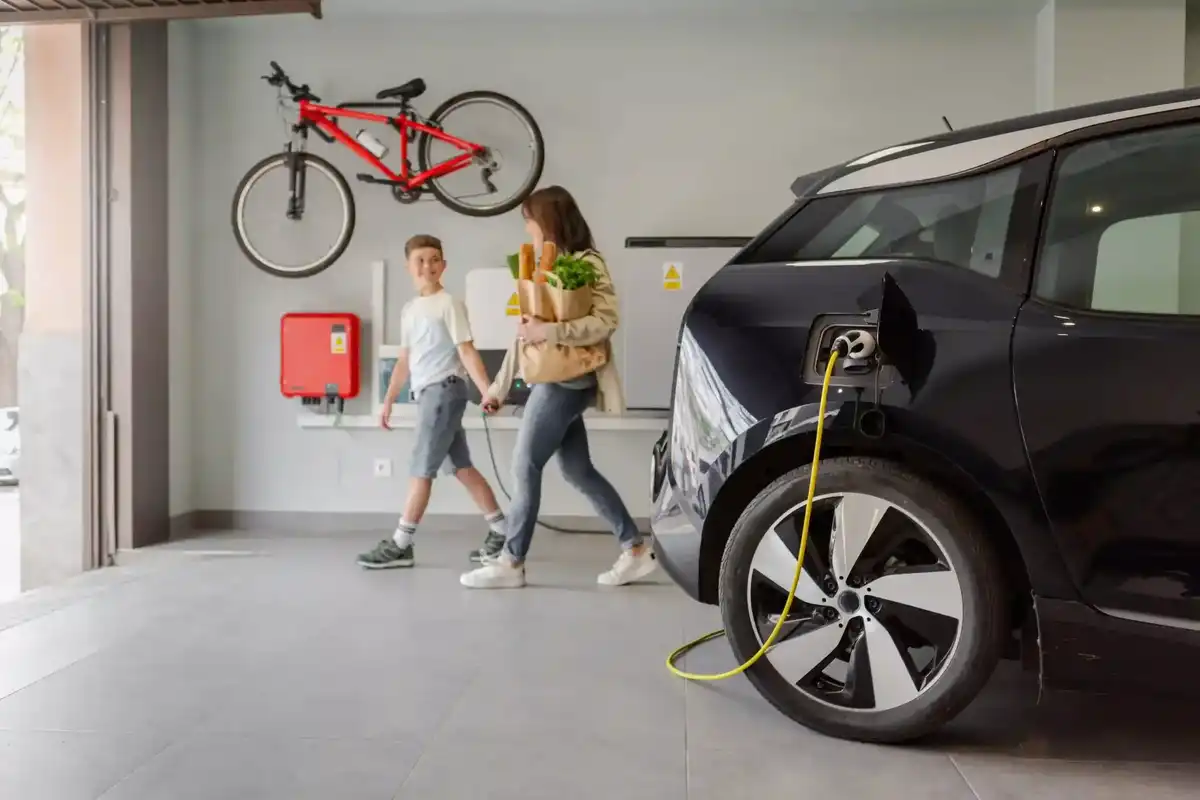Dockworkers in Texas, East Coast start strike with major economic, political consequences on the line
eyes on the picket line
From Maine to Texas, dockworkers at 36 ports across the eastern U.S. are now on strike for the first time in decades. And the work stoppage could snarl supply chains — leading to shortages and higher prices if it stretches on for more than a few weeks.
Workers began walking picket lines early Tuesday in a strike over wages and automation, even though some progress had been reported in latest contract talks. The contract between the ports and about 45,000 members of the International Longshoremen’s Association expired at midnight.
The strike also comes just weeks before next month's tight presidential election, and could become a factor if there are shortages impacting voters.
In early picketing, workers outside the Port of Philadelphia walked in a circle and chanted “No work without a fair contract.” The union, which is striking for the first time since 1977, had message boards on the side of a truck reading: “Automation Hurts Families: ILA Stands For Job Protection.”
Local ILA president Boise Butler said workers want a fair contract that doesn’t allow automation of their jobs.
Shipping companies made billions during the pandemic by charging high prices, he said. “Now we want them to pay back. They’re going to pay back,” Butler said.
He said the union will strike for as long as it needs to get a fair deal, and it has leverage over the companies.
“This is not something that you start and you stop,” he said. “We're not weak,” he added, pointing to the union's importance to the nation's economy.
At Port Houston, at least 50 workers started picketing around midnight local time carrying signs saying “No Work Without a Fair Contract."
The U.S. Maritime Alliance, which represents the ports, said Monday evening that both sides had moved off of their previous wage offers. But no deal was reached.
The union’s opening offer in the talks was for a 77% pay raise over the six-year life of the contract, with President Harold Daggett saying it’s necessary to make up for inflation and years of small raises. ILA members make a base salary of about $81,000 per year, but some can pull in over $200,000 annually with large amounts of overtime.
Monday evening, the alliance said it had increased its offer to 50% raises over six years, and it pledged to keep limits on automation in place from the old contract. The alliance also said its offer tripled employer contributions to retirement plans and strengthened health care options.
The union wants a complete ban on automation. It wasn’t clear just how far apart both sides are.
In a statement early Tuesday, the union said it rejected the alliance's latest proposal because it “fell far short of what ILA rank-and-file members are demanding in wages and protections against automation.” The two sides had not held formal negotiations since June.
Supply chain experts say consumers won’t see an immediate impact from the strike because most retailers stocked up on goods, moving ahead shipments of holiday gift items.
But if it goes more than a few weeks, a work stoppage could lead to higher prices and delays in goods reaching households and businesses.
If drawn out, the strike will force businesses to pay shippers for delays and cause some goods to arrive late for peak holiday shopping season — potentially impacting delivery of anything from toys and artificial Christmas trees to cars, coffee and fruit.
The strike will likely have an almost immediate impact on supplies of perishable imports like bananas, for example. The ports affected by the strike handle 3.8 million metric tons of bananas each year, or 75% of the nation’s supply, according to the American Farm Bureau Federation.
It also could snarl exports from East Coast ports and create traffic jams at ports on the West Coast, where workers are represented by a different union. Railroads say they can ramp up to carry more freight from the West Coast, but analysts say they can’t move enough to make up for the closed Eastern ports.
J.P. Morgan estimated that a strike that shuts down East and Gulf coast ports could cost the economy $3.8 billion to $4.5 billion per day, with some of that recovered over time after normal operations resume.
Retailers, auto parts suppliers and produce importers had hoped for a settlement or that President Joe Biden would intervene and end the strike using the Taft-Hartley Act, which allows him to seek an 80-day cooling off period.
But during a Sunday exchange with reporters, Biden, who has worked to court union votes for Democrats, said “no” when asked if he planned to intervene in the potential work stoppage.
In an update Tuesday morning, the White House maintained that administration officials were working “around the clock” to help negotiations move forward — which included being in direct contact with both USMX and ILA. Biden and Vice President Kamala Harris were also “closely monitoring” potential supply chain impacts, the White House added, enlisting a task force to meet daily and prepare for any disruptions.
___
Krisher in reported from Detroit. Associated Press journalists Ben Finley in Norfolk, Virginia, Mae Anderson and Wyatte Grantham-Philips in New York, Dee-Ann Durbin in Detroit, Josh Boak in Washington, and Annie Mulligan in Houston contributed to this report.








 Air Liquide and Hyundai agreed to expand hydrogen refuelling networks, storage capacity and more at a meeting in Seoul last week. Photo courtesy Air Liquide.
Air Liquide and Hyundai agreed to expand hydrogen refuelling networks, storage capacity and more at a meeting in Seoul last week. Photo courtesy Air Liquide.
